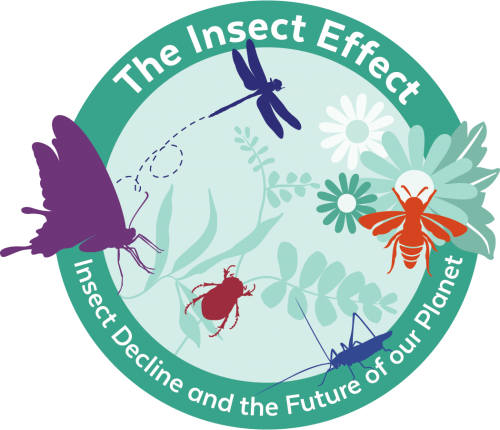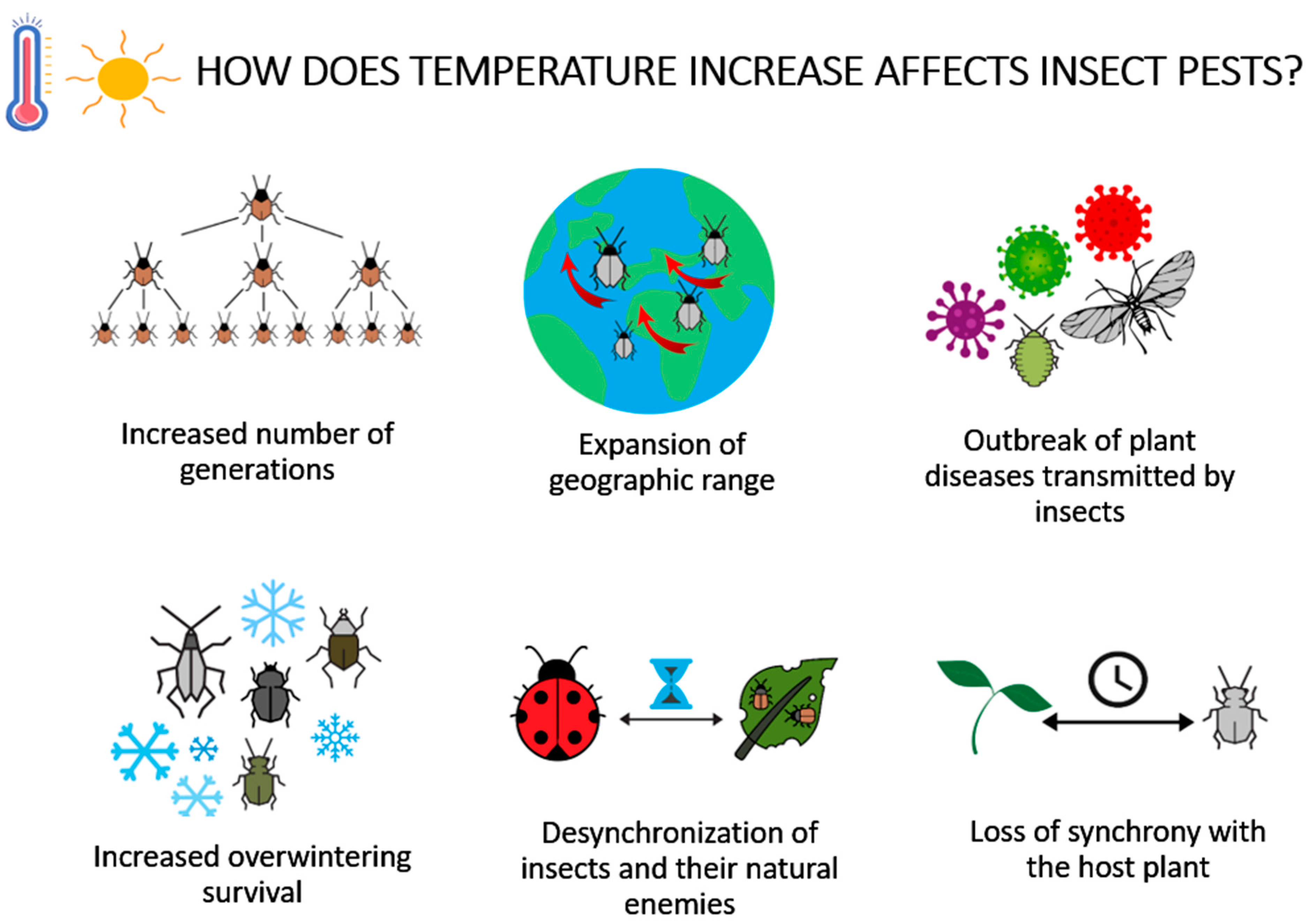The Basic Principles Of Eco Bed Bug Exterminators Dc
Unknown Facts About Eco Bed Bug Exterminators Dc
Table of ContentsExamine This Report about Eco Bed Bug Exterminators DcOur Eco Bed Bug Exterminators Dc StatementsEco Bed Bug Exterminators Dc Things To Know Before You BuyWhat Does Eco Bed Bug Exterminators Dc Mean?The smart Trick of Eco Bed Bug Exterminators Dc That Nobody is Talking About
Since chemicals are toxic, they are likewise potentially harmful to human beings, pets, various other microorganisms, and the environment. Consequently, individuals that use pesticides or frequently can be found in call with them have to understand the relative toxicity, possible wellness effects, and preventative measures to decrease direct exposure to the items they utilize. Hazard, or danger, of using chemicals is the possibility for injury, or the degree of danger associated with using a pesticide under a given collection of problems.
Applicators can lessen or nearly remove exposure-- and hence minimize risk-- by following the tag guidelines, using individual safety clothes and tools (PPE), and dealing with the chemical correctly. More than 95 percent of all pesticide exposures come from dermal exposure, largely to the hands and forearms. By putting on a pair of unlined, chemical-resistant handwear covers, this kind of direct exposure can be nearly gotten rid of.
The harmful impacts that take place from a single exposure by any type of course of entry are labelled "severe effects." The four routes of direct exposure are facial (skin), inhalation (lungs), dental (mouth), and the eyes. Severe toxicity is identified by examining the facial poisoning, breathing toxicity, and dental poisoning of test pets.
The Facts About Eco Bed Bug Exterminators Dc Revealed
Severe toxicity is determined as the quantity or focus of a toxicant-- the a.i.-- needed to eliminate 50 percent of the animals in an examination population. This measure is usually revealed as the LD50 (dangerous dosage 50) or the LC50 (lethal concentration 50). Additionally, the LD50 and LC50 values are based on a single dosage and are videotaped in milligrams of chemical per kilogram of body weight (mg/kg) of the examination pet or partially per million (ppm).
The reduced the LD50 or LC50 worth of a pesticide item, the greater its poisoning to human beings and pets. Chemicals with a high LD50 are the least hazardous to people if used according to the directions on the product tag. The Clicking Here persistent poisoning of a pesticide is identified by subjecting examination animals to long-lasting exposure to the energetic ingredient.
The persistent poisoning of a pesticide is harder than acute toxicity to identify with lab evaluation. Products are classified on the basis of their loved one severe toxicity (their LD50 or LC50 worths). Chemicals that are categorized as extremely harmful (Toxicity Category I) on the basis of either oral, dermal, or breathing toxicity should have the signal words threat and POISON published in red with a head and crossbones icon prominently presented on the front panel of the bundle tag.
The severe (solitary dosage) dental LD50 for chemical products in this team ranges from a trace amount to 50 mg/kg. For instance, exposure of a couple of declines of a material taken orally could be deadly to a 150-pound person. Some pesticide products have simply the signal word threat, which informs you absolutely nothing concerning the severe toxicity, just that the item can create extreme eye damages or serious skin irritation
Eco Bed Bug Exterminators Dc for Beginners
In this classification, the intense oral LD50 ranges from 50 to 500 mg/kg. A teaspoon to an ounce of this product can be fatal to a 150-pound person (bed bug spray). Pesticide items categorized as either slightly harmful or reasonably nontoxic (Poisoning Categories III and IV) are called for to have the signal word CAUTION on the pesticide tag

All pesticide toxicity values, including the Consisting of, can be found on located product's Item Safety Product Safety and security InformationMSDS). Chemical labels and MSDS can be gotten from sellers or produces - https://businesslistingplus.com/profile/ecobedbug3xt/. The signs of pesticide poisoning can range from a light skin inflammation to coma or also death.
People also vary in their level of sensitivity to various levels of these chemicals. Some individuals may show no reaction to an exposure that may create serious disease in others (bed bug spray). As a result of prospective wellness issues, pesticide customers and trainers should recognize the common symptoms and signs of chemical poisoning. The effects, or symptoms, of chemical poisoning can be broadly specified as either topical or systemic.
Indicators on Eco Bed Bug Exterminators Dc You Need To Know
Dermatitis, or swelling of the skin, is accepted as the most frequently reported topical effect related to pesticide exposure. Symptoms of dermatitis range from reddening of the skin to rashes and/or sores. Some individuals often tend to cough, hiss, or sneeze when revealed to pesticide sprays. Some individuals respond to the strong smell and annoying results of oil extracts utilized as service providers in chemical items.
This symptom usually subsides within a couple of mins after a person is removed from the exposure to the toxic irritant. A reaction to a chemical product that triggers somebody not just to sneeze and cough however additionally to establish serious acute respiratory symptoms is a lot more most likely to be a real hypersensitivity or sensitive reaction.
Systemic effects are rather different from topical results. They typically occur far from the original factor of call as a result of the chemical being taken in right into and distributed throughout the body. Systemic results usually consist of queasiness, throwing up, exhaustion, frustration, and intestinal tract conditions. In advanced poisoning instances, the individual may experience changes in heart rate, difficulty breathing, convulsions, and coma, which can result in fatality.